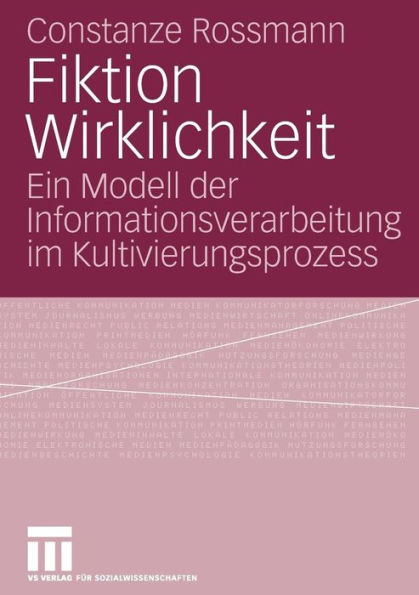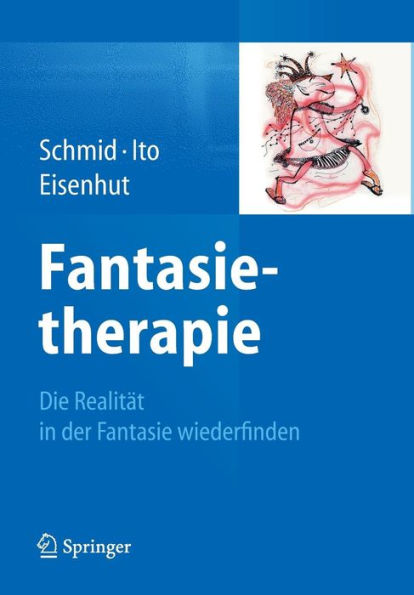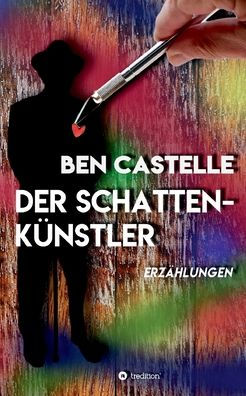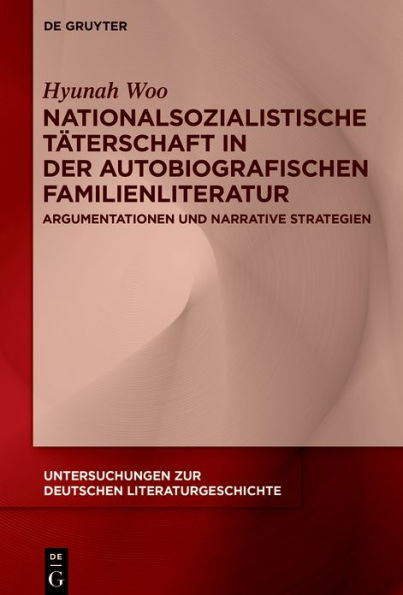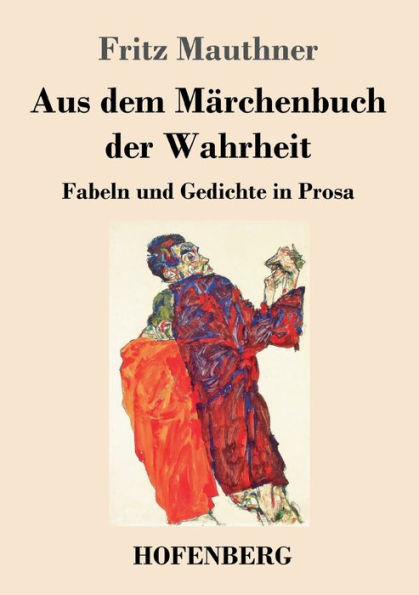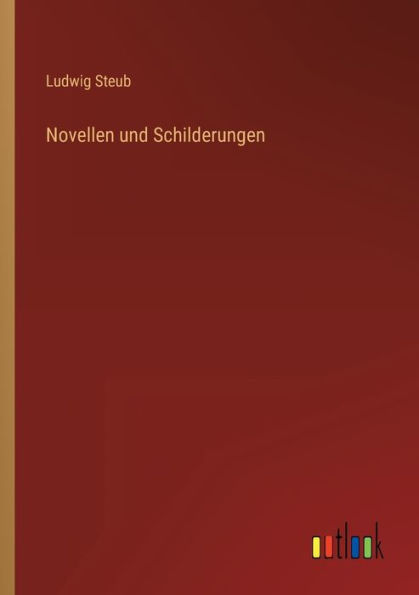Home
Folterbilder und -narrationen: Verhaltnisse zwischen Fiktion und Wirklichkeit



Folterbilder und -narrationen: Verhaltnisse zwischen Fiktion und Wirklichkeit
Current price: $75.00
Loading Inventory...
Size: OS
English summary: Images of torture and of agonized bodies are known from the antiquity on up to the present, but in the past 10 to 15 years these images and narratives became increasingly present in literature and film. This increased production of torture images in the realm of media exists in a contradictory relation to scientific results from psychological and medical research about somatic, psychic, social and particular cognitive impacts of torture to the victim. Memory performance and the ability to remember become profoundly defective through extreme traumatization. Traumatized persons are able to reconstruct a narration from sensory-affective memories only successivly and gradualy. Where do these 'representations' of the 'non-representational' then emerge from? Which translations, transformations and transmissions exist and how do we react toward these narrations? Cultural narrations often use traumatic events as an anchor. How can we understand this tension? What is the relation between psychic and media representations of torture? What kind of relation exists between image, narration and scenic representations of torture in reality and fictional productions? German description: Bilder von Folterungen und von gemarterten Korpern kennen wir seit der Antike, doch in den vergangenen Jahren haufen sich Bilder und Narrationen in Literatur und Film. Diese zunehmende mediale Prasenz steht im Gegensatz zu den Ergebnissen der medizinischen und psychologischen Forschung uber die korperlichen, psychischen, sozialen und insbesondere kognitiven Auswirkungen von Folter auf die Opfer: Gedachtnisleistungen und Erinnerungsfahigkeit werden nachhaltig gestort. Traumatisierte konnen erst allmahlich eine verbale Erzahlung aus ihren sensorisch-affektiven Erinnerungen konstruieren. Woher genau kommen also die Darstellungen des nicht Darstellbaren? Wie verhalten wir uns gegenuber diesen Narrationen? In welcher Beziehung stehen psychische zu medialen Reprasentationen? Welches Verhaltnis besteht zwischen Bild, Szene und Narration der Folterrealitat und der medialen fiktiven Verarbeitung?


